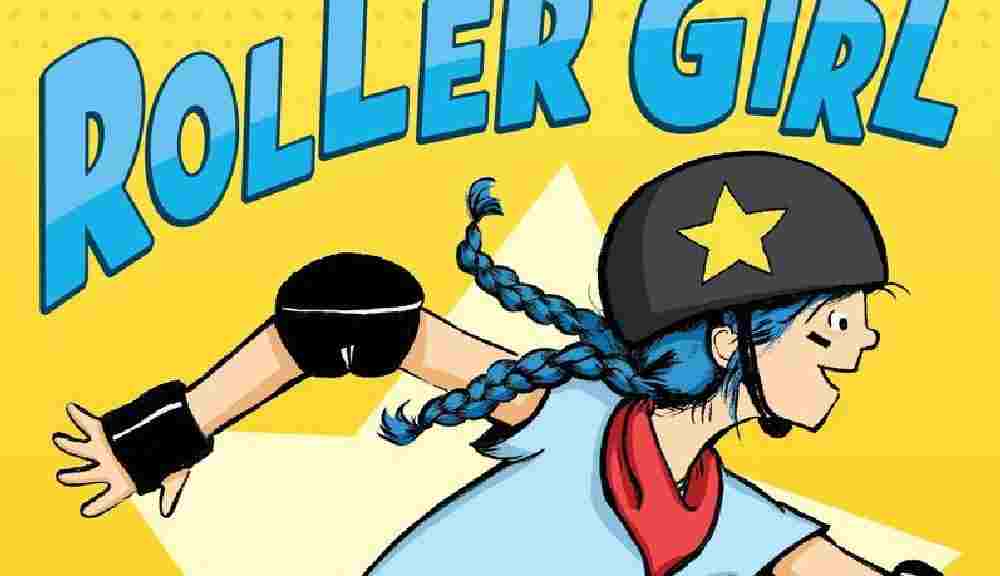
Lindsey Lundberg: Blog 6 Roller Girl
After exploring the resource guide, I chose to write about the Diamond Bookshelf. I preferred this website because the site was easy to maneuver and had great ideas. I liked how it had lesson plans, book recommendations, and why to use graphic novels in the classroom. I liked how organized the lesson plans were. Once you click the lesson plans tab, it gives you a variety of grade levels to choose from. The overall design of the website made it super easy to find lesson plans and book recommendations quick. I’m not a huge fan on graphic novels, so this website allowed me to find books with fun lesson plans for my students. It helps pave the way for teachers who don’t personally like graphic novels to still have book recommendations and lesson plans for students who do like them.
Roller Girl is about a girl named Astrid who is figuring out who she is and what her interests are. It’s the summer before starting junior high and the pressure of junior high school is intense. Astrid is so use to constantly being with one of her friends Nicole that she doesn’t really do things on her own. After Astrid and Nicole attend a roller derby, Astrid wants to do the roller derby summer camp and Nicole doesn’t. Nicole chooses to do dance camp. Astrid chooses to do roller derby camp. This put strain on their friendship and ultimately forces Astrid to learn a lot about herself. I think the novel does a great job in capturing Astrid’s expressions. I felt like they were very relevant to the emotions described in text and relatable. One way the author captured Astrid’s character traits were when Astrid was apologizing to Nicole. Astrid was walking over to Nicole slumped over, head down, avoiding eye contact, and with her hands in her pockets. In elementary school and middle school, it’s common for children to look like this when they apologize. They’re uncomfortable and don’t like to be vulnerable. I believe the novel captured this expression perfectly.

